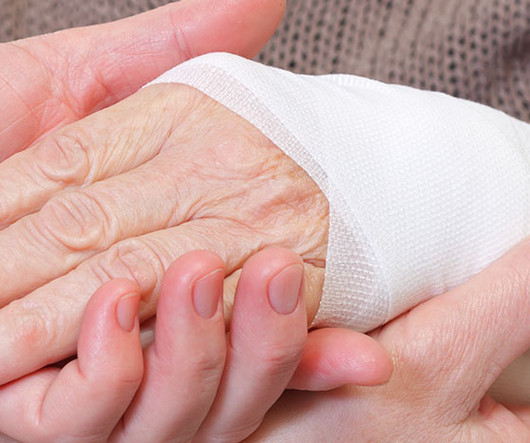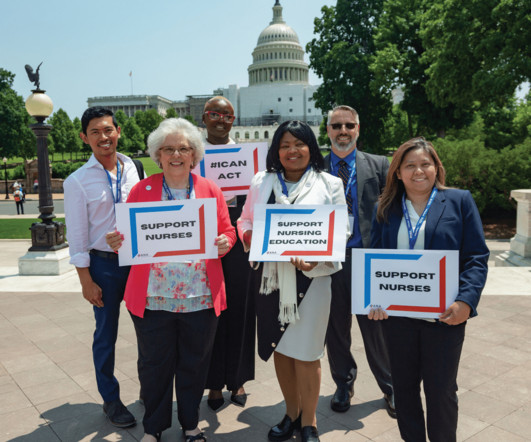The CMS Emergency Preparedness Rule: What Healthcare Organizations Need to Know
Relias
APRIL 10, 2025
The Centers for Medicare and Medicaid Services (CMS) issued the Emergency Preparedness Rule to provide a national framework for healthcare organizations to improve their readiness for emergencies. This regulation established consistent emergency preparedness requirements for Medicare and Medicaid providers and suppliers of all types.












Let's personalize your content